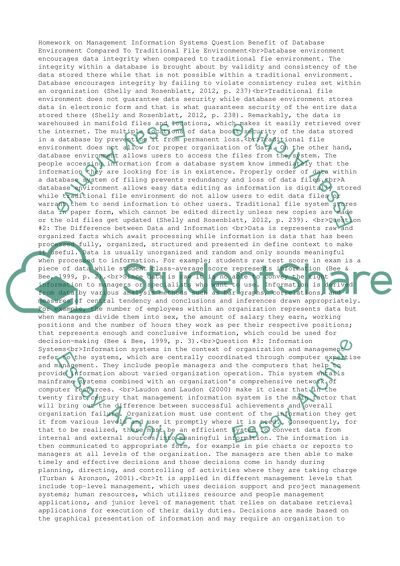Homework Essay Example | Topics and Well Written Essays - 500 words - 28. Retrieved from https://studentshare.org/management/1633570-homework
Homework Essay Example | Topics and Well Written Essays - 500 Words - 28. https://studentshare.org/management/1633570-homework.


